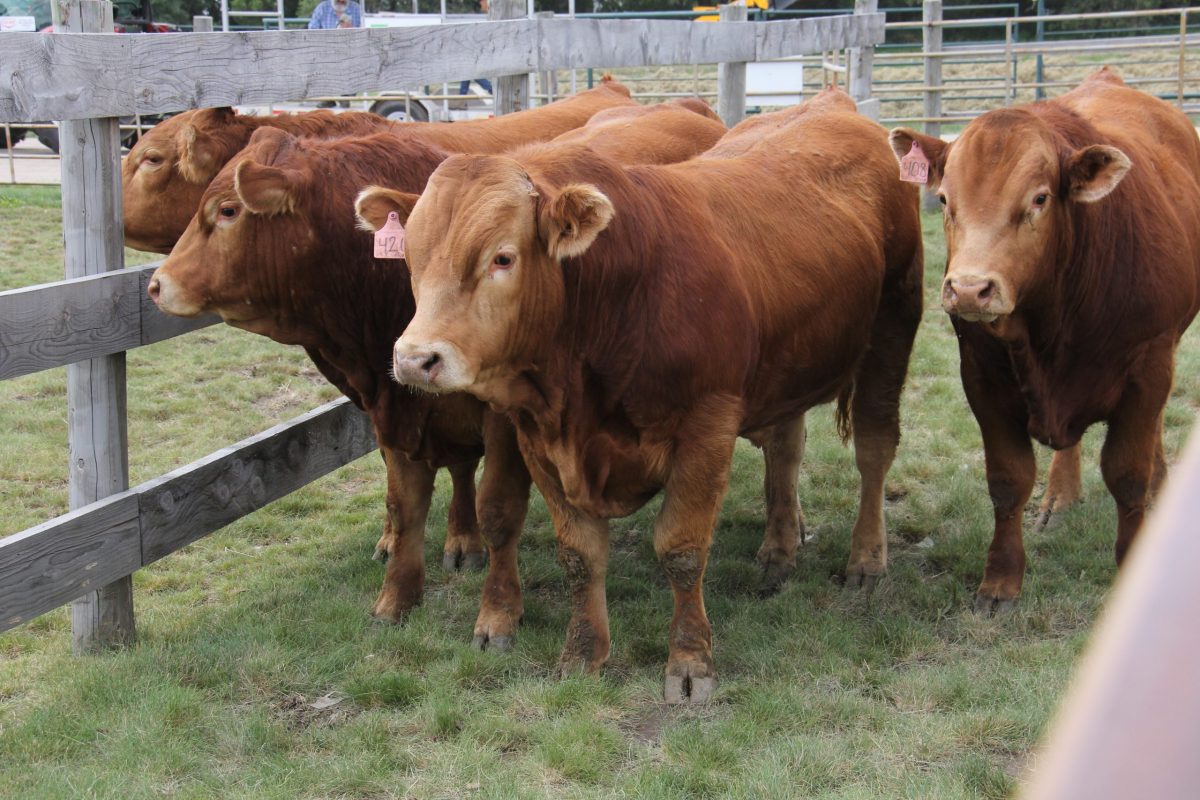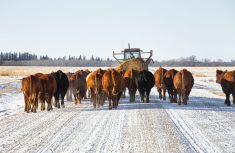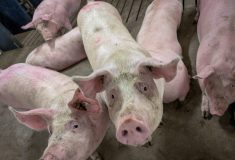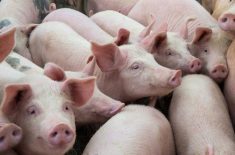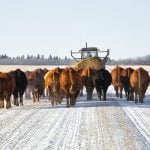Chicago | Reuters—Chicago Mercantile Exchange live and feeder cattle futures hit contract highs for the second day in a row on Thursday as strong cash cattle prices and resilient consumer demand continued to fuel a rally, analysts said.
As cash prices have continued to soar, futures have had to increase to keep pace. A scarce supply of cattle and strong consumer demand for beef have contributed to higher cattle prices.
“We’ve been on this steady upward trend and they’re constantly having to adjust what expectations are. As the market doesn’t break, they readjust accordingly. That’s been the story for several months,” Altin Kalo, economist at Steiner Consulting, said.
Read Also
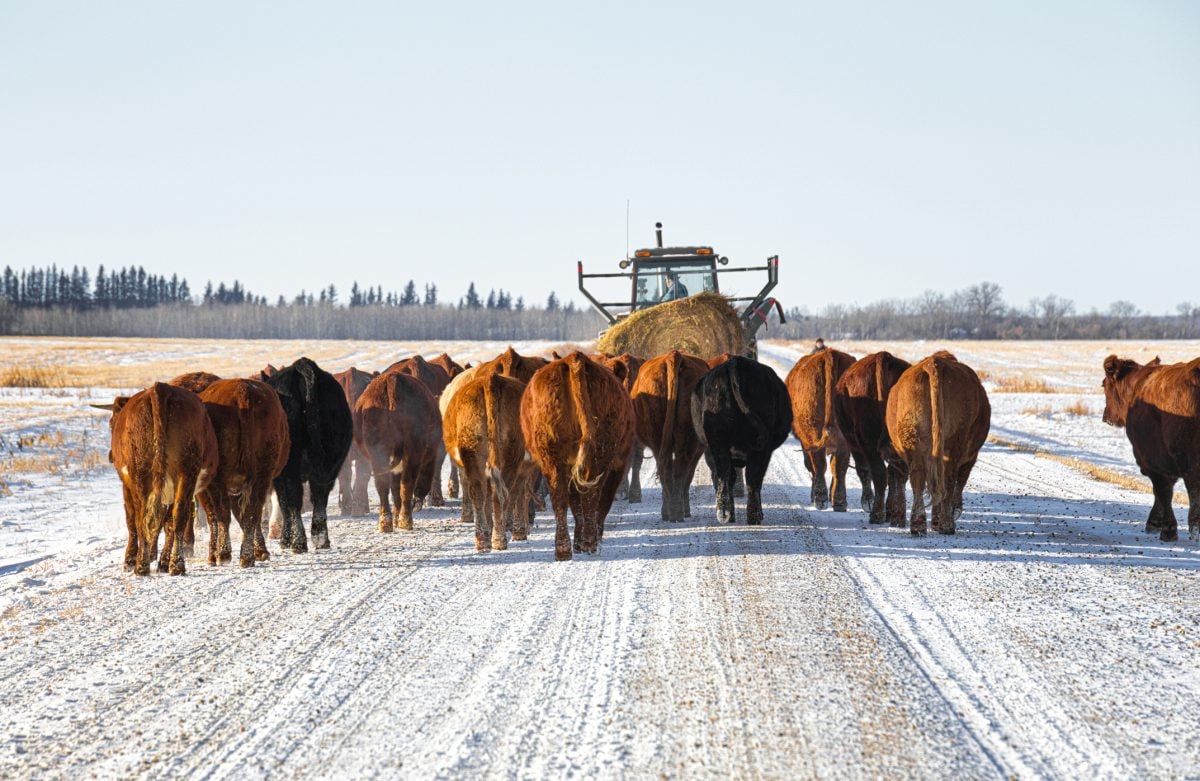
U.S. livestock: CME cattle tick lower in thin pre-holiday trade
Chicago | Reuters – Chicago Mercantile Exchange live and feeder cattle futures were little changed but ended slightly lower on…
CME October live cattle futures LCV25 ended 2.575 cents higher to 232.225 cents per pound. September feeder futures FCU25 rose 5.4 cents to end at 349.625 cents per pound. October hogs LHV25 ended 1.05 cents lower at 90.925 cents per pound.
Meanwhile, a rally in wholesale beef prices has continued as meatpackers reduced slaughter rates. Packers are seeking to reduce losses as margins remain deep in the red.
The choice boxed beef cutout jumped $3.41 to $378.27 per cwt, while the select cutout rose $2.18 to $353.54 per cwt, according to U.S. Department of Agriculture data on Wednesday afternoon.
Though a tight cattle supply has boosted cash cattle prices, in major U.S. livestock regions, some ranchers have slowly begun taking the first steps to boost cattle production after the nation’s inventory shrank due to a years-long drought that dried up pasture land used for grazing and hiked feeding costs.
Though in its early stages, the herd expansion is now a sign of hope for consumers shelling out for expensive steaks and for meatpackers losing money buying high-priced cattle to slaughter.

